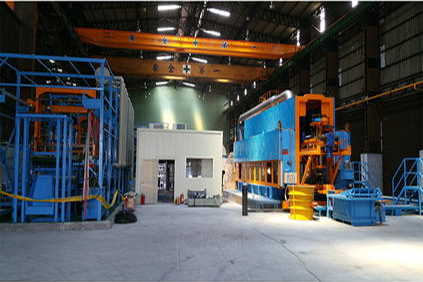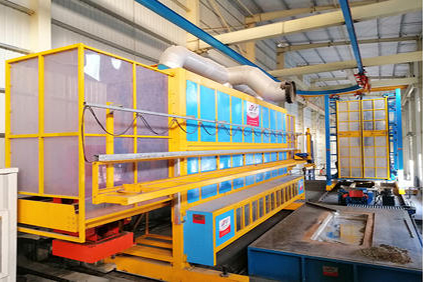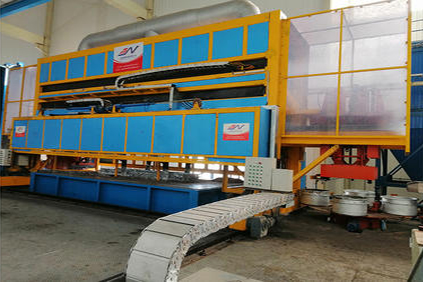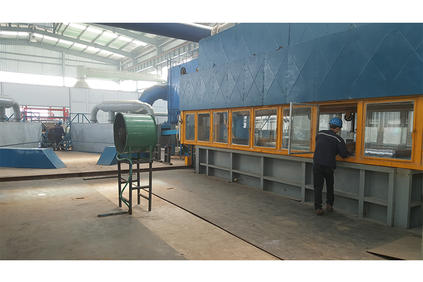Galvanizing wire is an important part of the small parts galvanizing manufacturing process. This process is essential to protect metal components from corrosion and ensure their longevity. Small parts galvanizing involves the application of a protective zinc coating to metal parts, giving them a durable and corrosion-resistant finish. But how exactly do you plate your parts?


The galvanizing process for small parts usually begins with surface preparation. This includes cleaning the parts to remove any dirt, grease or other contaminants that may interfere with the galvanizing process. Once the parts are cleaned, they are typically dipped into a chemical bath to remove any remaining oxides from the metal surface. This step is crucial to ensure good adhesion of the galvanized layer.
Once the surface treatment is complete, the parts are ready for the galvanizing process. There are many methods for galvanizing, including hot-dip galvanizing, electroplating and mechanical galvanizing. Hot dip galvanizing is one of the most common methods of galvanizing small parts. In this process, the cleaned parts are immersed in a bath of molten zinc, which metallurgically bonds to the metal surface, forming a strong and long-lasting coating.
Electroplating is another popular method of galvanizing small parts. The process involves using an electric current to deposit a layer of zinc on the surface of a metal component. Electroplating is often used on small, complex parts that may be difficult to galvanize using hot dip plating methods.


Mechanical galvanizing, on the other hand, involves tumbling parts in a mixture of zinc powder and glass beads. The friction created during the tumbling process causes the zinc to bond to the metal surface, forming a durable coating. This method is typically used for small parts that require uniform coating and high precision.
Regardless of the method used, the purpose of galvanizing small parts is to give them a protective zinc coating to prevent corrosion and extend their service life. This is especially important for parts exposed to harsh environmental conditions or corrosive substances.
In addition to providing corrosion protection, galvanizing can enhance the appearance of metal parts, giving them a shiny metallic sheen. This is particularly beneficial for small parts used in consumer products or decorative applications.
In summary, galvanizing small parts is a key process to protect metal components from corrosion and ensure their longevity. Whether using hot-dip galvanizing, electroplating or mechanical galvanizing, the goal is to provide a durable and corrosion-resistant zinc coating to protect parts from environmental damage. By understanding the galvanizing process, manufacturers can ensure that their small parts are well protected and durable.
Post time: Aug-13-2024
